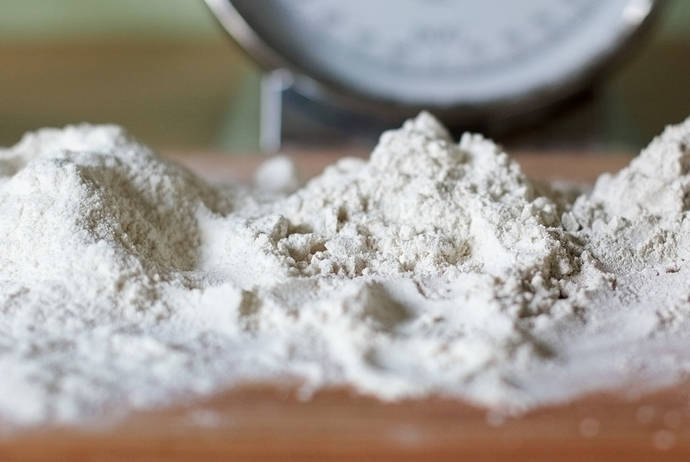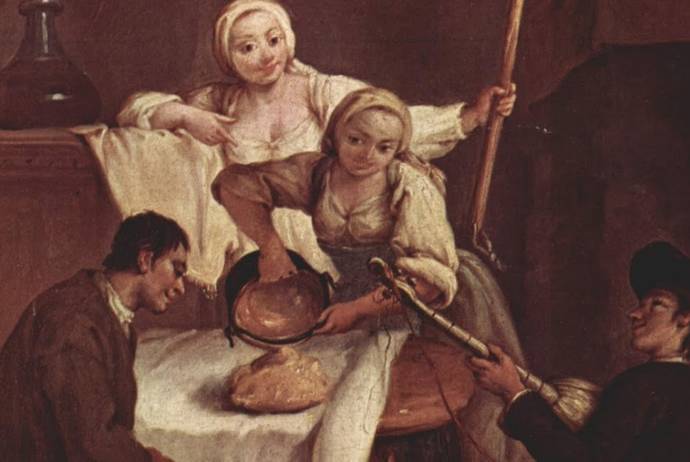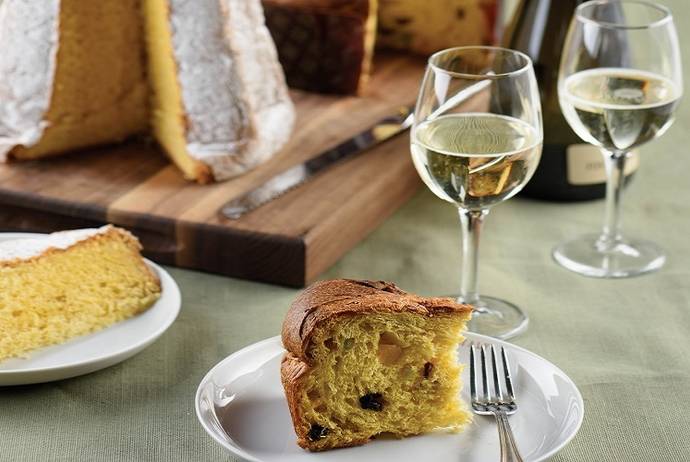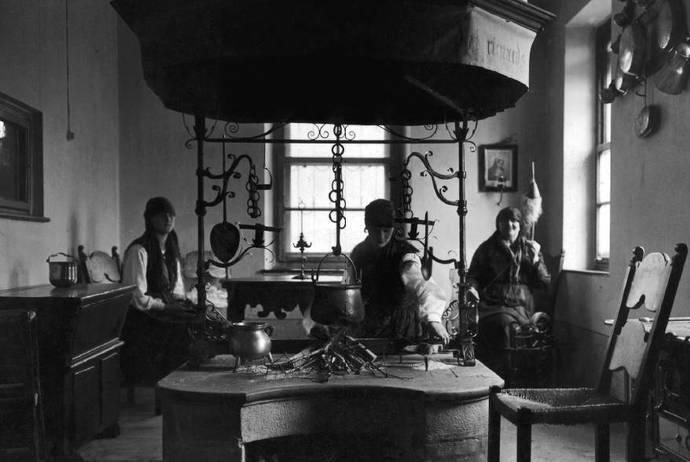ENGLISH VERSION >>
Balsamic, parmesan, EVOO, tomato/tomato, muzzarella, boloni, bombonzola e chi più ne ha più ne metta… il problema dell’Italian sounding non è mai stato cosi attuale:
Il business dell’imitazione, grazie all’utilizzo di nomi o immagini che richiamano l’Italia, presenta cifre davvero stratosferiche, visto che, dati alla mano, a fronte dei 20 miliardi di euro di prodotti alimentari esportati nel 2009 ne sono circolati nel mondo circa 60 relativi a imitazioni di scarsa qualità, vendute ad un prezzo più contenuto. Questo significa che sugli scaffali dei supermercati di tutto il mondo per ogni barattolo di salsa o di pomodoro pelato “autentico”, per ogni pacco di pasta o confezione di olio extravergine nostrani, ne esistono 3 che traggono in inganno i consumatori sfruttando l’immagine, i colori, le marche e le denominazione italiane. In questo caso, però, le proporzioni cambiano se analizziamo le aree geografiche. Il mercato nord americano sviluppa complessivamente 24 miliardi di euro di fatturato “Italian Sounding” a fronte di un export dei prodotti alimentari autentici pari a circa 3 miliardi di euro: significa che solo 1 prodotto alimentare su 8 è veramente italiano.
Oltre alla contraffazione, ci sono anche i danni di immagine indiretta, prima tra tutti l’ultimo scandalo di alcune industrie casearie statunitensi:
una serie di articoli pubblicati su siti e giornali degli Usa ha rivelato che il formaggio “Parmesan Cheese” prodotto, distribuito e venduto negli Usa, contiene ingredienti di non provenienza casearia, come la cellulosa di polpa di legno.
L'analisi iniziata in un caseificio del Pennsylvania nell’inverno del 2012, si è estesa a diversi caseifici degli Stati Uniti, cio’ ha portato alla scoperta della presenza di alte percentuali di cellulosa, per la maggior parte polpa di legno polverizzata e carta, come ingrediente, in quattro differenti brands distribuiti nelle maggiori catene retail nazionali. La quantità di cellulosa riscontrata e arrivata all' 8,8%, mentre gli “esperti” tecnologi di un centro di ricerca nel Wisconsin dichiarano che la quantità di cellulosa accettabile varia tra il 2 e il 4%. (la cellulose e’ accettabile come ingredient?)
Inoltre una professoressa nel dipartimento di nutrizione dell'Università di New York, cercando di placare i toni della polemica ha affermato che la cellulosa non è necessariamente cancerogena ma, anzi, potrebbe essere salutare, infatti è considerata una fibra ed è presente in lassativi e molte bevande. E anche nel caso specifico del formaggio, essa agisce esattamente come un fibra.
Va sottolineato che nessuno di questi brands e’ italiano, ma sicuramente il consumatore meno attento, potrebbe essere confuso dal nome che si accosta all’originale.
La scoperta della pasta di legno nel formaggio è solo l'ultimo scandalo che coinvolge ciò che mangiamo. A novembre, questa volta in Italia, alcune delle aziende proprietarie di marche di olio d'oliva tra i piu’ distribuiti nel mondo sono state accusate di spacciare un olio di bassa qualità solo “vergine” come "olio extra-vergine", la qualità più alta, oltre a non dichiarare la esatta provenienza del prodotto.
L’elenco delle categorie che che vengono spacciate come italiane potrebbe non aver fine: si calcola che oltre 60 billions di prodotti vengono venduti come italiani ma non lo sono.
Tra i piu’ “taroccati” i pomodori, le salse, l’aceto e il vino, per non parlare dei salumi, che solo in alcuni casi sono di provenienza Italiana, ad esempio solo 3 prosciutti DOP possono essere importati negli Usa: Parma, San Daniele e Toscano. Mentre tutt’ora negli stati Uniti non si possono ancora trovare insaccati (salami, coppe, e salumi macinati stagionati in generale), con provenienza di materia prima italiana e produzione italiana al 100%.
Dunque il continuo martellamento pubblicitario di prodotti con nomi ITALIANI, ma con provenienza di chissa’ quale Paese, disorientano il consumatore che non sa piu’ cosa sia vero e cosa sia una falsa copia.
Naturalmente non ho una formula magica per risolvere questo problema.
Ma una delle stategie che bisognerebbe adottare e’ l’uso corretto della “lingua” come strumento di provata origine e qualita’ del prodotto, questo tramite una forte educazione alla base di chi sceglie e poi vende o trasforma un prodotto italiano.
Perche questo?
Prima di tutto perche’ i prodotti certificati (DOP, IPG DOC DOCG ecc) hanno un nome proprio che ne determina caratteristiche specifiche di qualita’ ed origine, dunque chiamare e di conseguenza comprare un prodotto a denominazione controllata e’ una garanzia di sicurezza.
Non puo’ esistere un Parmigiano-Reggiano vero e uno falso, perche’ se non si chiama Parmigiano-Reggiano e’ gia' un prodotto falso, e l’originale non puo’ contenere cellulose.
L’uso corretto dei di una Lingua e l’esatto spelling dei nomi dovrebbero e sono il primo passo per una e un acquisto consapevole ed una corretta alimentazione
QUINDI INIZIAMO A CHIAMARE I PRODOTTI CON IL LORO NOME DI “BATTESIMO”
Io sono DINO BORRI e Non DAINO BORE, il PARMIGIANO REGGIANO non e’ il parmesan, Il GRANA PADANO non il grena, LA GORGONZOLA non e la Bergonzola e la Mortadella di Bologna non e’ “Boloni”.
Negozianti importatori e ristoratori, che utilizzano e promuovono l’Italian nel mondo, dovrebbero farsi ambasciatori dell’applicazione di queste semplici basi Gastronomico Culturali, oltre a iniziare una politica vera su cio' che e’ di origine Italiana e cio' che non lo e’, o non lo può essere.
Credo, utilizzando le parole di Lucia Pasqualini cara amica - oltre che ex vice console presso il consolato di New York - : “Preservare la conoscenza della lingua madre è un’esigenza fondamentale per tutti quegli italiani che decidono, per necessità o per scelta, di trasferirsi a vivere all’estero. L’Italia è stato ed è ancora oggi un Paese di emigrazione.
La Direzione per gli Italiani all’estero e Politiche Migratorie del Ministero degli Affari Esteri si occupa di assistere i cittadini italiani che risiedono all’estero sotto varie forme. Fra le sue competenze c’è anche la promozione della lingua italiana fra la comunità italiana, ovvero per i figli degli italiani che vivono all’estero e che vogliono mantenere un rapporto con il proprio Paese d’origine.”
Aggiungo che anche tutti coloro che amano il cibo, amano di conseguenza i prodotti italiani. e Dunque noi italiani per primi dovremmo insegnare ai nostri amici stranieri l’uso corretto dei nomi degli alimenti, Anche attravverso la lingua e il cibo si può far cultura e creare pace e unione.







































